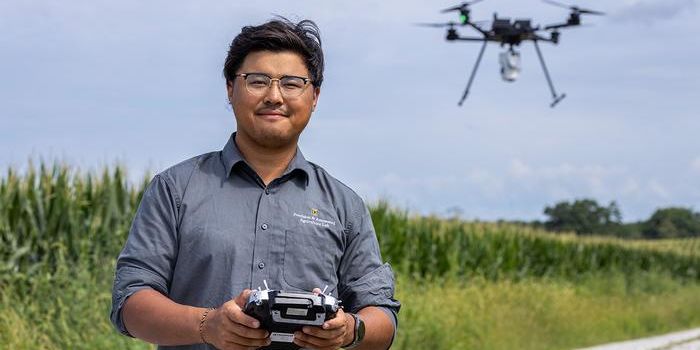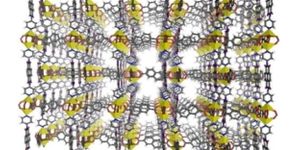Technology
Nanoscale Additive Improve Battery Capabilities
APR 23, 2014 12:00 AM PDT
Share
Plant Bud Growth and Branching Initiated by Sugar
 For years, botanists had assumed that a specific plant hormone called auxin was the primary driver determining branching and bud growth in plants. However, a research group from the University of Queensland has countered this theory with a study that was published recently in the Proceedings of the National Academy of Sciences. They have determined that the true driving force is plant sugars.
For years, botanists had assumed that a specific plant hormone called auxin was the primary driver determining branching and bud growth in plants. However, a research group from the University of Queensland has countered this theory with a study that was published recently in the Proceedings of the National Academy of Sciences. They have determined that the true driving force is plant sugars.The team cooperated with a group at Brookhaven National Laboratory to create a radioactive tracer for the sugars through a mostly natural process. By exposing the plants to carbon dioxide formed with carbon-11 isotope, a traceable sugar was created through the absorption of the modified carbon dioxide by the plants and the subsequent natural photosynthesis process.
Once the traceable sugar was created, its progress through the plant could be tracked over time, accumulation points could be identified, and rates of travel throughout the plant could be calculated. The team found that in response to clipping, the transport rate of sugar to the buds was greatly increased. Bud outgrowth was increased proportionately.
However, the auxin that was previously thought to be the dominant factor migrated toward the buds at a much slower rate. The branching process can begin up to a full day before changes are detected in the auxin levels.
Meanwhile, sugar traveled at a rate of 150 centimeters per hour throughout the plant stem-approximately 100 times the rate of auxin-and was determined to be the initiator for bud growth. Auxin still plays a role in the branching and bud growth process; it just turns out to be a non-dominant role and occurs at a later stage.
This work backs up the premise that growth of buds in the lower branches of plants are reduced because of the needs of the active shoots in upper branches, depriving the lower branches of the sugar required for increased bud growth. By intentionally clipping upper shoots, the growth and branching is increased at the lower levels through redistribution of the necessary sugars.
There are several logical areas for follow-up research-for example, for tree-based crops such as apples, an understanding of how the sugar is divided and transported between growth of the tree and production of fruit can result in better management of fruit trees and greater yields of fruit.
Plant growth optimization could be used in other fields, such as energy. The Office of Science within the U.S. Department of Energy funded this work in their Brookhaven facility to improve bioenergy production.
For example, optimized growth and branching in crops like sorghum and switchgrass could improve the overall economics of using them to produce biofuel. In those two cases, the new shoots and buds aren't readily accessible for this type of testing, but the University of Queensland/Brookhaven joint effort and similar research is assumed to transfer over to these potential cash crops.
We look forward to more cutting edge research from this team, and we are anxious to see their current work integrated into the field.
You May Also Like
Loading Comments...








